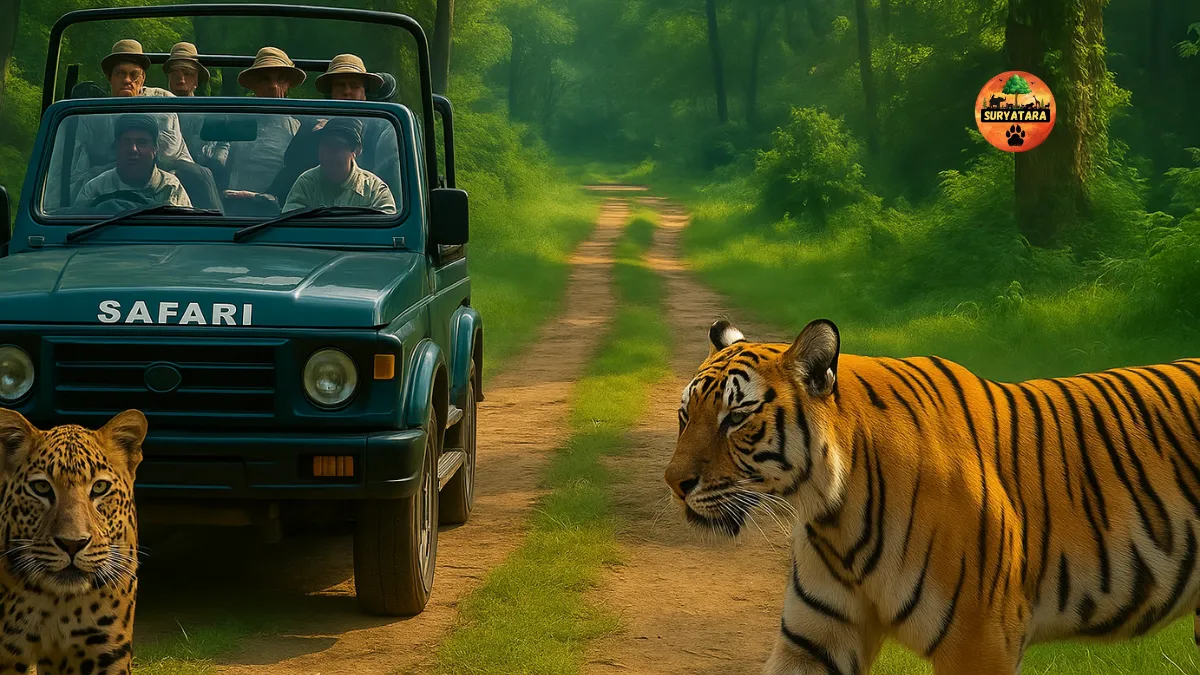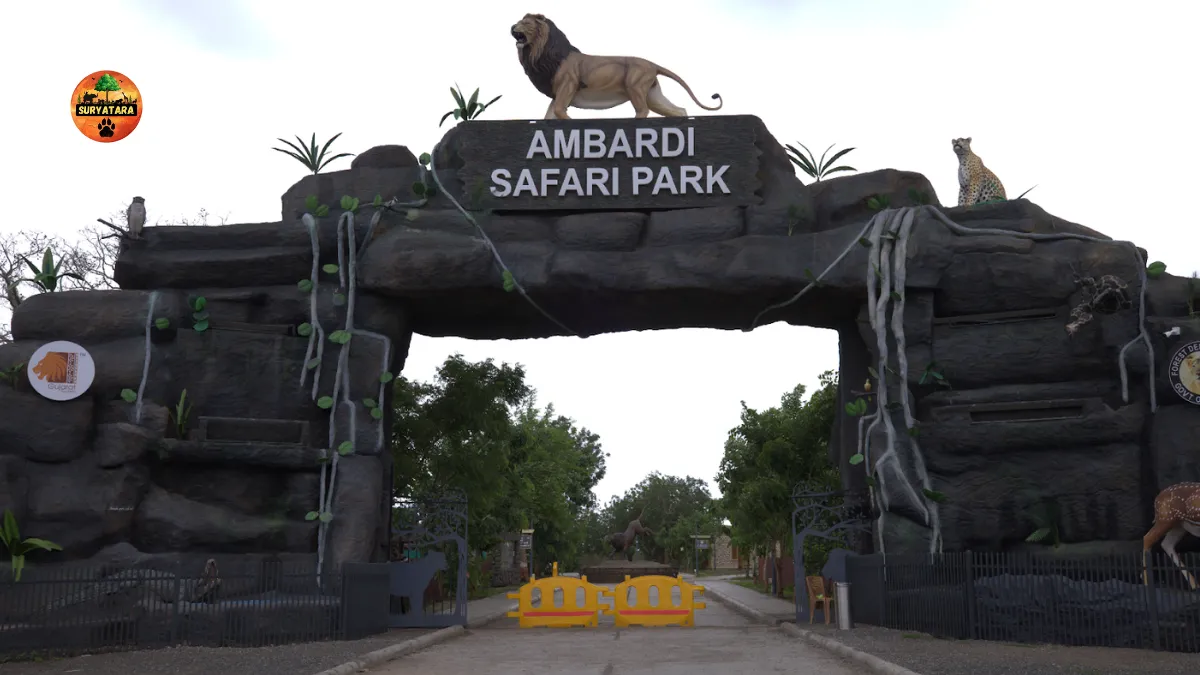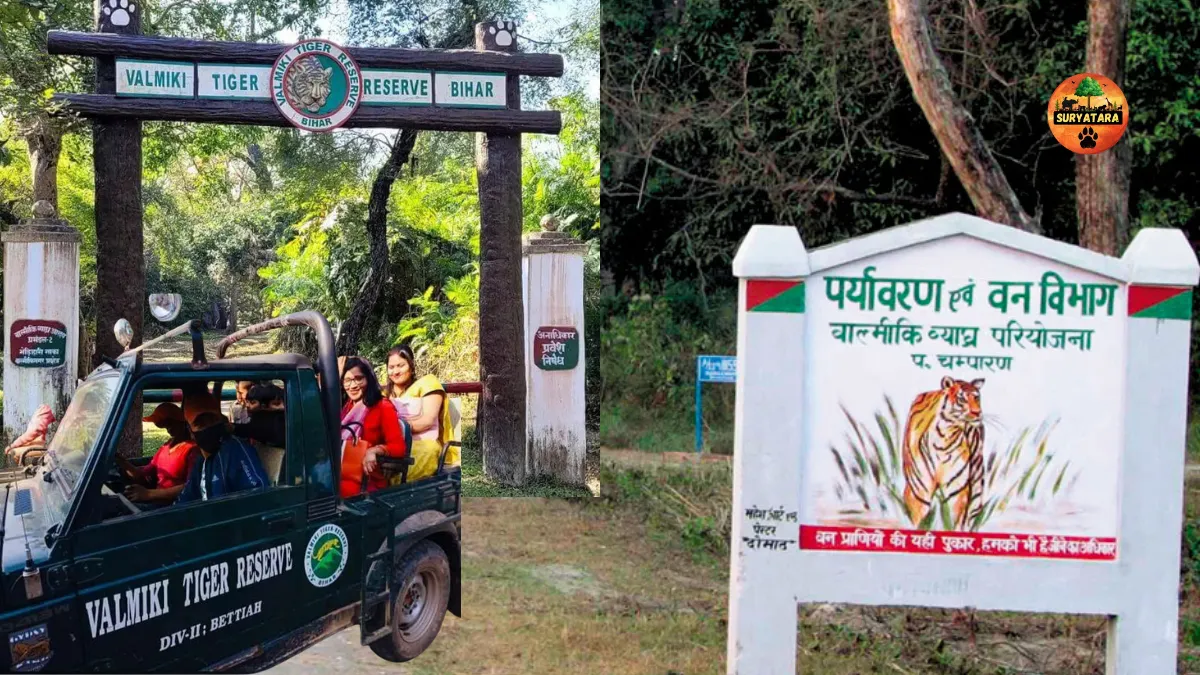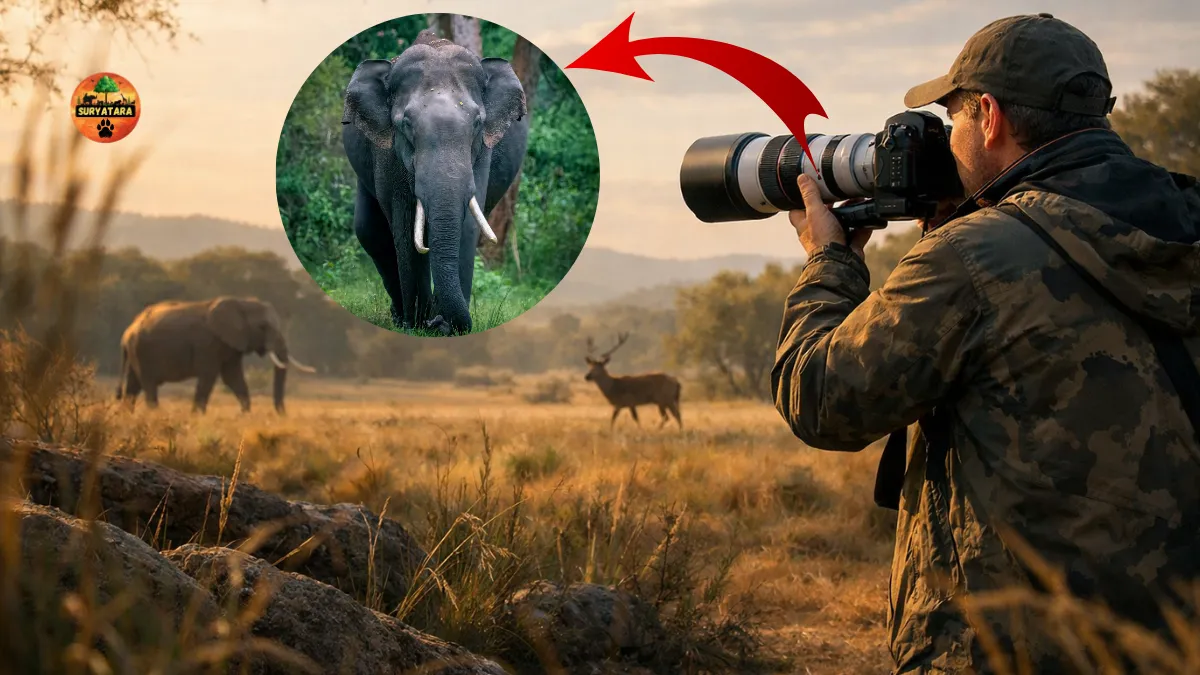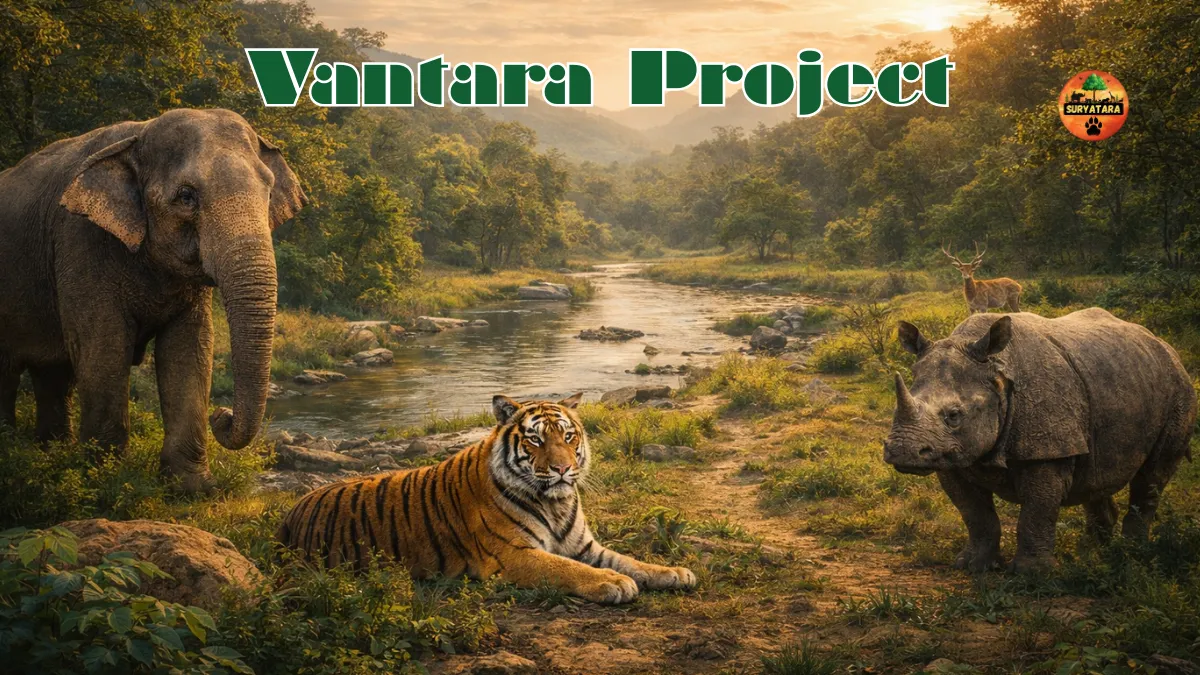The Green Wall Project is gaining momentum in India with Haryana preparing to launch the world’s largest jungle safari, spanning over 10,000 acres in the Aravalli Mountain range. This ambitious eco-tourism initiative not only aims to protect nature and wildlife but also to establish Haryana as a global hotspot for environmental tourism and sustainable development.
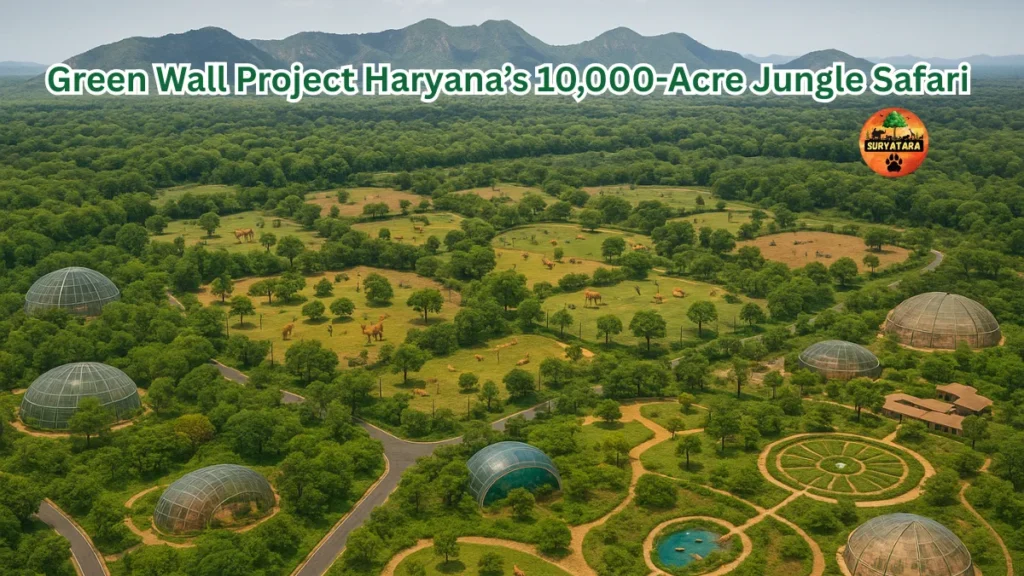
A Vision to Transform the Aravallis
The Aravalli hills, known for their rich biodiversity and historical importance, are now at the heart of a game-changing project. The proposed jungle safari, a dream initiative of Union Minister and former Chief Minister of Haryana, Manohar Lal Khattar, will be developed across 10,000 acres in the districts of Gurugram and Nuh. The project will give a new environmental and touristic identity to the state, positioning it as a leader in wildlife conservation and eco-friendly tourism.
As Chief Minister, Khattar had first introduced the concept in 2022. His commitment to the project was evident through multiple study visits to international safari parks and nature conservation zones. Among these, his trip to Africa’s largest curated safari park in Sharjah and visits to Indian conservation sites helped shape the grand vision for Haryana’s jungle safari.
Learning from Vantara Jamnagar
To further strengthen the planning and execution, Khattar recently visited Vantara in Jamnagar, Gujarat, a benchmark in animal welfare and biodiversity protection. Accompanied by current Haryana Chief Minister Nayab Singh Saini, the delegation studied advanced methods of wildlife care, environmental sustainability, and tourist engagement.
This visit helped finalize plans for integrating modern facilities and technologies in Haryana’s safari, focusing on animal safety, natural balance, and immersive tourist experiences.
Eco-Tourism Meets Employment and Conservation
The Green Wall Project, through this jungle safari, will play a pivotal role in promoting eco-tourism while simultaneously generating employment for local communities. Out of the total land, 6,000 acres will be developed in Gurugram, and 4,000 acres in Nuh. These areas will be transformed into rich wildlife zones using sustainable development practices.
The project will offer a wide range of jobs in fields such as tourism management, hospitality, forest guiding, conservation research, and eco-tour operations. With a focus on green livelihoods, the initiative is expected to uplift the local economy while preserving nature.
Features of the World’s Largest Jungle Safari
This massive jungle safari will be divided into ten specially designed zones, each offering a unique wildlife experience:
- Herpetarium – A large space for reptiles and amphibians.
- Aviary and Bird Park – Dedicated to various bird species.
- Big Cat Zones (Four zones) – Special enclosures for lions, tigers, leopards, and cheetahs.
- Herbivore Zone – For animals like deer, antelopes, and more.
- Exotic Species Zone – Housing rare and foreign animals and birds.
- Underwater World – Showcasing aquatic biodiversity in a safe and interactive format.
- Nature Trails – Walking paths to experience native flora and fauna.
- Tourist and Visitor Zone – For accommodation, eco-friendly dining, and learning.
- Botanical Garden and Biomes – Featuring diverse plant life from equatorial, tropical, coastal, and desert ecosystems.
These zones will be built with eco-friendly materials and renewable energy systems to reduce the environmental footprint. Special attention will be given to animal welfare, with natural habitats recreated inside the park to keep the species comfortable and stress-free.
Also read: The World’s Largest Jungle Safari to Be Developed in Haryana’s Aravalli Range
Boost to Biodiversity and Climate Resilience
The Green Wall Project also aims to protect and regenerate natural biodiversity across the Aravalli region. This area is already known as a sanctuary for hundreds of species. According to a recent wildlife survey, the Aravallis host:
- 180 bird species
- 15 mammal species
- 29 reptile species
- 57 butterfly species
These numbers highlight the ecological richness of the area and the urgent need to preserve it. By building this safari in a protected, monitored environment, Haryana will contribute significantly to climate action, species conservation, and ecological restoration.
Also read: Aravalli Jungle Safari Park: World’s Largest Jungle Safari Coming Up in Haryana, India
A Cultural and Natural Heritage
The Aravalli hills are more than just a mountain range; they are a symbol of India’s natural and cultural heritage. Over centuries, these hills have supported life, tradition, and biodiversity. The jungle safari project, under the banner of the Green Wall Project, will help restore this legacy while adapting it to modern sustainability goals.
Moreover, the safari will act as a green buffer between urban development and forest areas. This is in alignment with India’s larger environmental goals to expand green cover, combat desertification, and improve regional climate patterns.
Also read: Asia’s Largest Jungle Safari in Aravalli Hills to Be Developed in Haryana
Conclusion
Haryana’s 10,000-acre jungle safari, as part of the Green Wall Project, is more than just a tourist attraction — it’s a powerful step toward environmental healing, sustainable development, and global recognition. With a strong commitment from the government, integration of global best practices, and active participation from local communities, the world’s largest jungle safari in the Aravallis is on its way to becoming a symbol of harmony between humans and nature.
As India leads the way in reimagining conservation through innovation, Haryana’s jungle safari is a shining example of how visionary projects can create a greener and more resilient future for generations to come.
